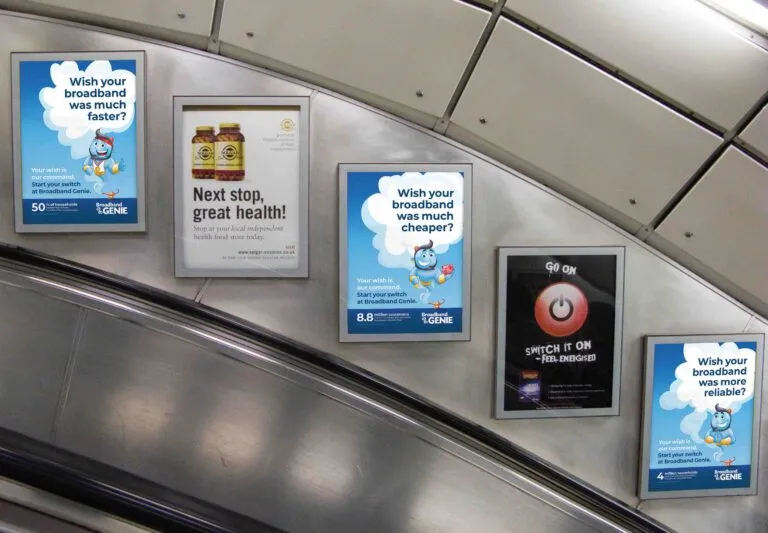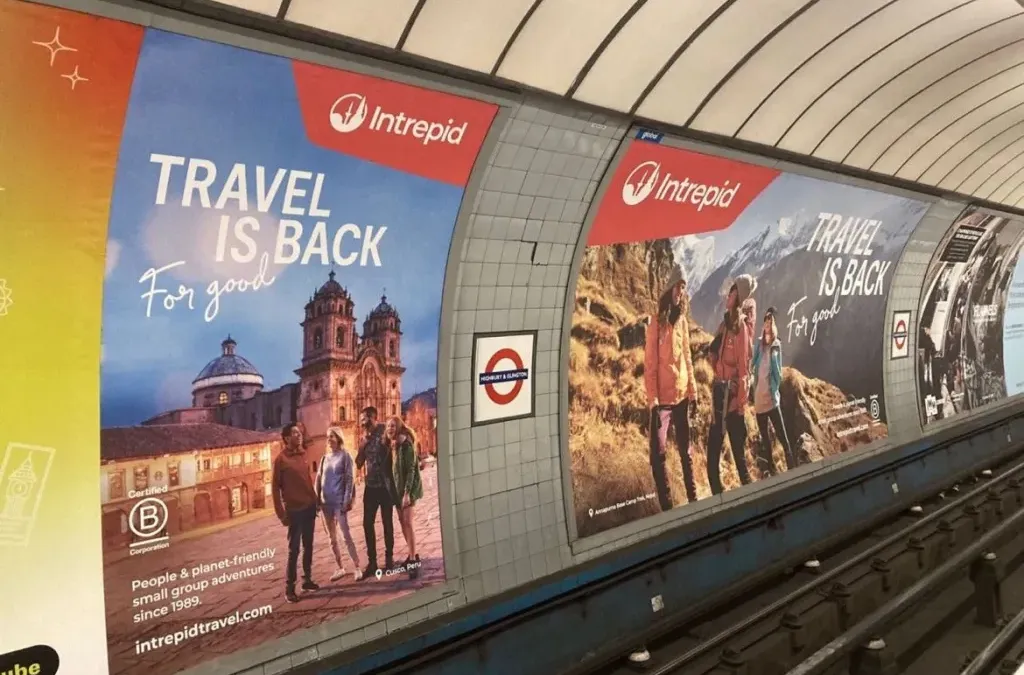
Discover which London Underground lines could go driverless, the costs involved, and how automation may shape the future of Tube travel.
Could the London Underground Become Driverless?
The London Underground has long been at the heart of the city's transport system, but as technology advances, the idea of driverless Tube trains is gaining traction. Transport for London (TfL) has been introducing automatic train control systems over the past two decades, setting the groundwork for fully automated services. However, the transition to a driverless network comes with significant challenges, including high costs and logistical complexities.
This article explores the Tube lines most likely to go driverless, the estimated costs of conversion, and the implications for London's transport future.
A History of Automation on the London Underground
Automation on the London Underground is not a new concept. The Victoria line has been using automatic train operation (ATO) since its launch in 1968. These early systems allowed trains to accelerate, decelerate, and stop automatically, while operators remained responsible for opening and closing the doors and monitoring the journey.
Today, eight Underground lines—including the Victoria, Jubilee, Central, Northern, District, Circle, Hammersmith & City, and Metropolitan lines—operate with partial automation. The trains run with ATO systems, but human operators are still present to manage doors and respond to emergencies.
Meanwhile, the Docklands Light Railway (DLR), which opened in 1987, remains London’s only fully driverless system, with onboard attendants rather than traditional drivers.
Which London Underground Lines Could Be Made Driverless?
- Central Line: The Central line is one of the busiest on the Underground network and already features some level of automation. However, drivers are still required to oversee operations. The cost of fully converting the Central line to a driverless system is estimated at a staggering £10 billion. Given its importance in connecting East and West London, any upgrades would need to be carefully planned to avoid major disruption.
- Piccadilly Line: The Piccadilly line is another candidate for automation, particularly as it is due for a major fleet upgrade. The estimated cost of making this line driverless is around £4.9 billion. Converting it would likely be timed alongside the introduction of new trains, minimising additional expenses and disruptions.
- Bakerloo Line: The Bakerloo line is one of the oldest on the Underground and still requires full manual driving. While it is a key part of the network, its ageing infrastructure makes automation a complex and expensive task. The estimated cost of making the Bakerloo line driverless is around £4.4 billion, making it one of the more costly conversions relative to its size.

The Challenges of Driverless Trains on the London Underground
While automation may seem like a logical next step, several hurdles must be overcome:
- High Costs – As seen with the estimated £10 billion required for the Central line, the financial burden of conversion is substantial.
- Infrastructure Upgrades – Many lines still rely on ageing infrastructure, requiring extensive modifications before automation can be implemented.
- Operational Disruptions – Any upgrades would need to be phased in carefully to avoid significant service interruptions.
- Public and Political Opposition – Discussions about driverless trains have sparked debates about job security for transport workers and the safety of automation.
Despite these challenges, TfL continues to explore automation as part of its long-term vision for the Underground.
What Does This Mean for Tube Advertising?
With the potential introduction of driverless technology, passenger experiences on the Underground may evolve. Longer dwell times at stations, improved scheduling, and reduced delays could lead to more engagement with London Underground advertising. Formats such as 6-sheet advertising and digital 6-sheets could benefit from increased visibility as commuter habits shift.
The Future of Driverless Trains in London
For now, full automation on the Underground remains a long-term goal rather than an immediate reality. While the Docklands Light Railway (DLR) operates without drivers, transitioning the rest of the network will require careful planning, significant investment, and technological advancements.
As TfL continues to upgrade signalling systems and introduce new rolling stock, driverless trains may become more feasible in the future. However, for now, the Central, Piccadilly, and Bakerloo lines remain the most likely candidates for eventual automation.
Interested in Tube Advertising?
The London Underground is evolving, but one thing remains constant—its power as an advertising platform. Whether you're looking to reach daily commuters or tourists exploring the city, London Underground Advertising can help you maximise your brand’s impact.
Get in touch with us today to explore advertising opportunities across the Tube network.
Latest News
22 Oct 2025 · 5 minute read
by Anisha Lyall
Budget-Friendly Advertising Options for Small Businesses on the London Underground
03 Nov 2025 · 5 minute read
by Anisha Lyall
Why Tourism Advertising Is a Good Bet on the London Underground
Our Valuable Clients, Past and Present
Schedule a call
Pick a date and time for a call that suits you.
We can go through all the available format options and any other questions you have about successfully launching your next advertising campaign.
Launch Your Tube Campaign Today!
Get your brand in front of millions of Londoners and tourists as they move through the city. Just fill in your details on the form to advertise on the London Underground, and our expert team will be in touch to kickstart your journey towards standout, high-impact results.
Join the 1000s of brands, big and small, who stand out and connect with the transport network’s users.




















